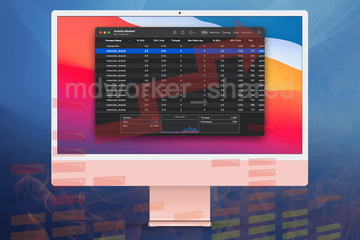This article dwells on the oft-encountered Mac performance problem caused by mdworker_shared, a benign process that may get out of hand for odd reasons.
What is mdworker_shared Mac process?
As well-balanced and thoroughly polished as it’s generally thought of, macOS isn’t perfect – nor is any operating system out there. Over the years, there have been plenty of bugs where certain processes would slow down Apple’s laptops and desktop machines due to resource overuse. It’s one thing if third-party software does this, although that’s certainly not on the plus side of it; and it’s another thing if an essential native service goes wild. The latter is exemplified by multiple instances of mdworker_shared process gobbling up a disproportionately large amount of CPU and RAM.
Just like mds_stores, which I described a while back in the context of a similar problem, mdworker_shared is an important component of Spotlight, the Mac’s built-in search instrument that allows users to find files and applications across a computer’s data hierarchy. The name stands for metadata server worker. It’s strange for such an important feature to cause inconveniences to a great many users, and yet it does happen periodically. Let’s figure out what, and how, can go wrong.
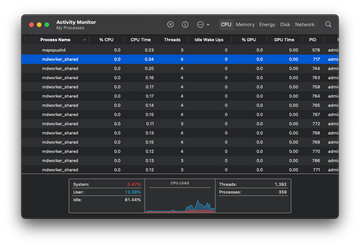
The mdworker_shared high CPU virus may re-infect your Mac multiple times unless you delete all of its fragments, including hidden ones. Therefore, it is recommended to download Combo Cleaner and scan your system for these stubborn files. This way, you may reduce the cleanup time from hours to minutes.
Download Now Learn how Combo Cleaner works. If the utility spots malicious code, you will need to buy a license to get rid of it.Symptoms of mdworker_shared high resources consumption
First, here is the lowdown on the unintended ways mdworker_shared may manifest itself. Its CPU and memory usage sometimes skyrockets, reaching 100% for both, or even going well over that ostensibly highest possible limit, according to Activity Monitor statistics. The bizarre exceeding of the reasonable maximum can happen when the capacity of more than one processor core is completely congested. In the aftermath of this misbehavior, the Mac becomes unable to handle all the usual tasks fast enough. Sluggish performance and overheating, accompanied by fan noise, occasional kernel panics, and reboots – these are the symptoms no one can ignore. The frustrating part of the story is that these conditions are precipitated by a legitimate system process that should run smoothly. This brings us to the catalysts for mdworker_shared high CPU and memory consumption.
What makes mdworker_shared deplete CPU and memory?
Being one of the pillars of Spotlight, mdworker_shared does the indexing and re-indexing job to keep the inventory of all files and apps on a Mac up to date. For obvious reasons, this process gets busier when a lot of new items are introduced to the system. A classic example is about migrating data from one Mac to another. The same goes for situations when you connect external storage media to your computer or simply add a slew of new files, especially large ones such as videos. If Spotlight is set to scan the Time Machine backup that undergoes hourly refreshing, mdworker_shared kicks in with higher-than-normal activity. Some users have also reported such spikes when keeping lots of browser tabs opened. Cases like these increase the potential Spotlight database dramatically, and it takes significant processing resources to make all new directories and browser content searchable – hence the surge in CPU and RAM usage.
Some scenarios don’t fit the routine circumstances listed above, though. For example, if an arbitrary application is crudely designed, it may alter the contents of some folders in a loop. Spotlight will respond to these changes by having mdworker_shared traverse those folders over and over. On a separate note, this can be an outcome of malware activity as well. Malicious programs like Mac adware, spyware, and ransomware are known to establish persistence by spawning their files across numerous directories, which is supposed to complicate disinfection and removal. Abnormal CPU and RAM usage by mdworker_shared may stem from this interference, too.
With so many possible root causes, some of which might overlap, sorting out this predicament requires quite a bit of trial and error. The following techniques should shine a light on the reasons that fuel the computing resources abuse in a specific situation and will thereby point you in the right direction with the remedy.
How to diagnose and fix mdworker_shared CPU and RAM overuse
Whereas Spotlight, obviously, appears to be the entity that’s causing problems (given that its process mdworker_shared makes the CPU run high), double-checking won’t go amiss. To do it, you’ll need to temporarily disable this feature and see if the bug vanishes.
Click “Go” in the Apple menu bar, select “Utilities”, and double-click “Terminal”. Then, type the following command in the Terminal window: sudo mdutil -a -i off. Once you hit Enter, Spotlight will stop indexing your data. Look into the Activity Monitor and check whether or not mdworker_shared is still hoovering up the memory and CPU.
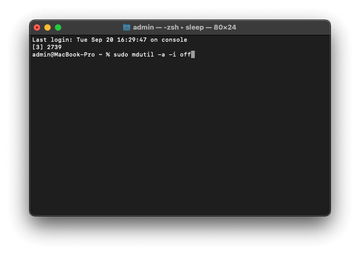
If the bug is no longer manifesting itself, you should run a command to turn Spotlight indexing back on. It’s a helpful feature definitely worth keeping enabled, really. In Terminal, type sudo mdutil -a -i on and press Enter to bring the functionality back on track. The flip side of doing so is that the mdworker_shared headache will start over and the fan will get noisy again. Don’t panic, though.
The next move is to limit the system areas that Spotlight must index. This will reduce the strain on your CPU and memory while keeping the feature abreast of the most important environments you want to be searchable. To manage the scope of the background file scanning, go to “System Preferences”, select “Spotlight”, click the “Privacy” tab, and use the “plus” sign to add folders or disks that should be excluded from indexing. Pick the objects scanning which is not critical for you.
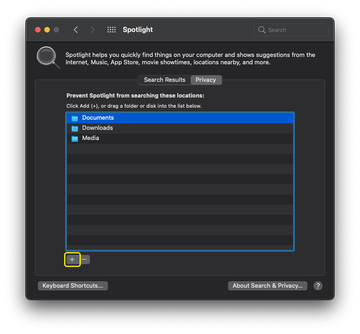
Interestingly, selecting a previously added location in that screen and clicking the “minus” sign will cause Spotlight to re-index it anew. This could be a good way to refresh the database and thereby correct some inconsistencies that are causing problems. Speaking of which, if the bug persists after you have excluded large directories from Spotlight scanning, you can try to run a full re-indexing of your entire drive by executing the following command in Terminal: sudo rm –rf /.Spotlight-V100/*. Be advised this will take hours to complete.
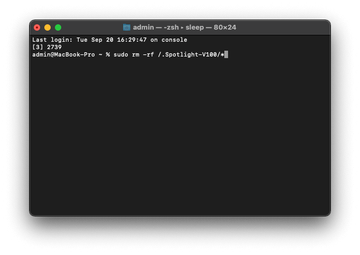
In the event that none of the above did the trick, there is one more vector of troubleshooting you can try. As previously mentioned, the mdworker_shared high CPU problem can be triggered by an application changing the contents of certain folders all the time. This quirk is intrinsic to some samples of Mac malware, which means you may want to check your system for malicious code to err on the side of caution. Such a theory is especially plausible if the processor burden doesn’t decrease after disabling Spotlight indexing via the Terminal command described in one of the above paragraphs. The following steps will help you detect possible security threats and remove them from your Mac to stop the unwanted interference.
mdworker_shared high CPU virus manual removal from Mac
The steps listed below will walk you through the removal of this malicious application. Be sure to follow the instructions in the specified order.
Expand the Go menu in your Mac’s Finder bar and select Utilities as shown below.
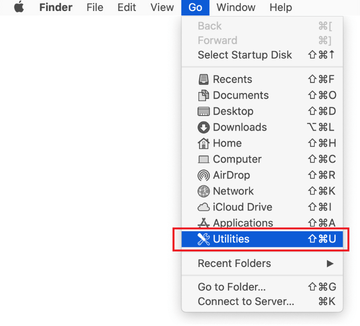
Locate the Activity Monitor icon on the Utilities screen and double-click on it.
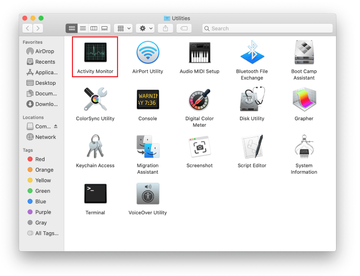
In the Activity Monitor app, look for mdworkershared, mdworker, mdsstores, mds, or another process that appears suspicious. To narrow down your search, focus on unfamiliar resource-intensive entries on the list. Keep in mind that its name isn’t necessarily related to the way the threat is manifesting itself, so you’ll need to trust your own judgement. If you pinpoint the culprit, select it and click on the Stop icon in the upper left-hand corner of the screen.
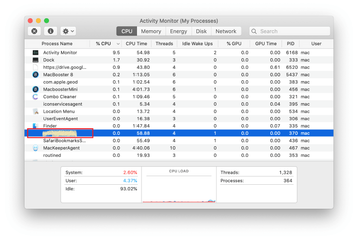
When a follow-up dialog pops up asking if you are sure you want to quit the troublemaking process, select the Force Quit option.
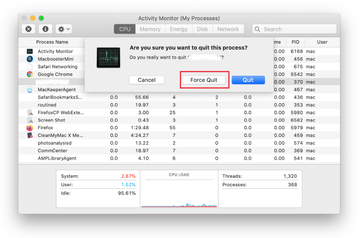
Click on the Go menu icon in the Finder again and select Go to Folder. You can as well use the Command-Shift-G keyboard shortcut.

Type /Library/LaunchAgents in the folder search dialog and click on the Go button.
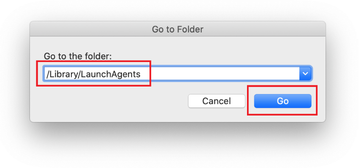
Examine the contents of the LaunchAgents folder for dubious-looking items. Be advised that the names of files spawned by malware may give no clear clues that they are malicious, so you should look for recently added entities that appear to deviate from the norm.
As an illustration, here are several examples of LaunchAgents related to mainstream Mac infections: com.updater.mcy.plist, com.avickUpd.plist, and com.msp.agent.plist. If you spot files that don’t belong on the list, go ahead and drag them to the Trash.
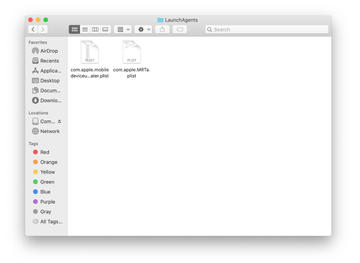
Use the Go to Folder lookup feature again to navigate to the folder named ~/Library/Application Support (note the tilde symbol prepended to the path).
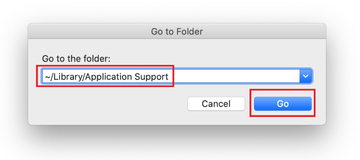
When the Application Support directory is opened, identify recently generated suspicious folders in it and send them to the Trash. A quick tip is to look for items whose names have nothing to do with Apple products or apps you knowingly installed. A few examples of known-malicious folder names are ProgressSite and IdeaShared.
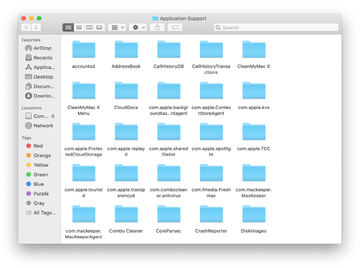
Enter ~/Library/LaunchAgents string (don’t forget to include the tilde character) in the Go to Folder search area.
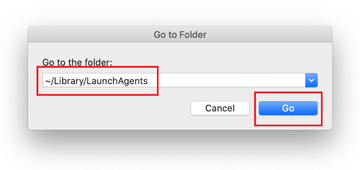
The system will display LaunchAgents residing in the current user’s Home directory. Look for dodgy items related to rogue mdworker_shared process (see logic highlighted in subsections above) and drag the suspects to the Trash.
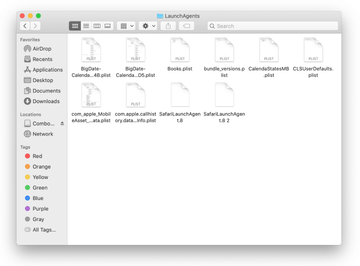
Type /Library/LaunchDaemons in the Go to Folder search field.
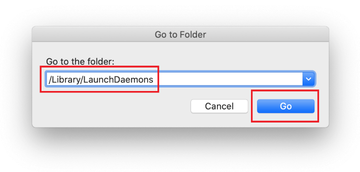
In the LaunchDaemons path, try to pinpoint the files the malware is using for persistence. Several examples of such items cropped by Mac infections are com.apple.sysmond.plist, com.startup.plist, and com.ExpertModuleSearchDaemon.plist. Delete the sketchy files immediately.
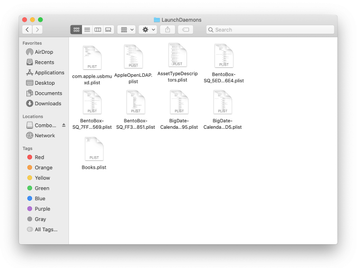
Click on the Go menu icon in your Mac’s Finder and select Applications on the list.

Find the entry for an app that clearly doesn’t belong there and move it to the Trash. If this action requires your admin password for confirmation, go ahead and enter it.
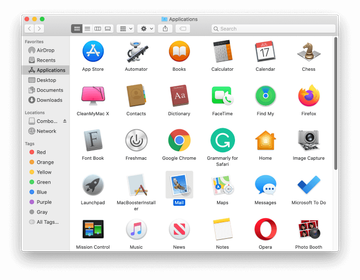
Expand the Apple menu and select System Preferences.
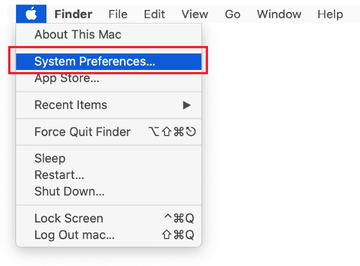
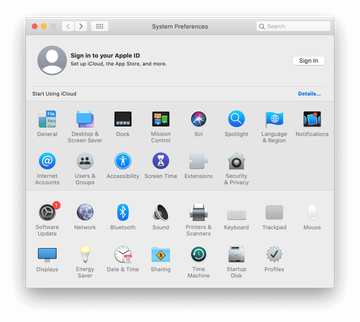
Proceed to Users & Groups and click on the Login Items tab.
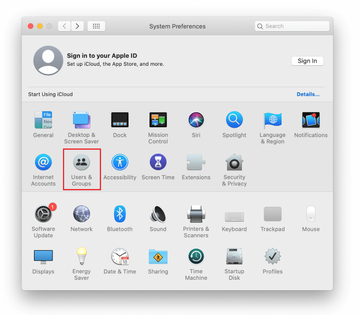
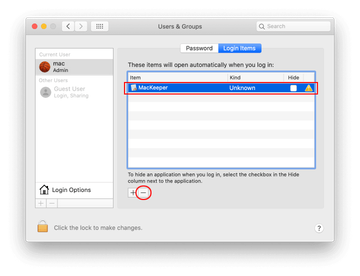
Now select Profiles under System Preferences. Look for a malicious item in the left-hand sidebar. Several examples of configuration profiles created by Mac adware include TechSignalSearch, MainSearchPlatform, AdminPrefs, and Safari Settings. Select the offending entity and click on the minus sign at the bottom to eliminate it.
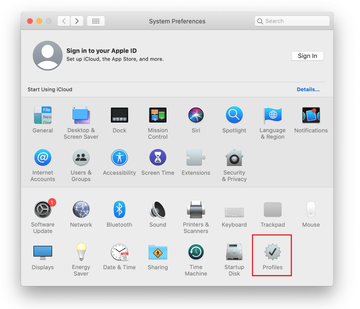
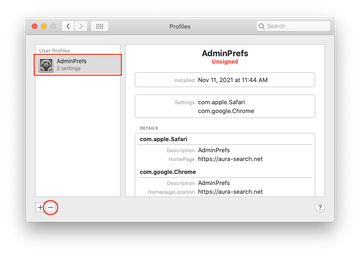
Get rid of mdworker_shared related malware in web browser on Mac
To begin with, the web browser settings taken over by the mdworker_shared copycat malware should be restored to their default values. Although this will clear most of your customizations, web surfing history, and all temporary data stored by websites, the malicious interference should be terminated likewise. The overview of the steps for completing this procedure is as follows:
- Remove mdworker_shared virus from Safari
- Open the browser and go to Safari menu. Select Preferences in the drop-down list.
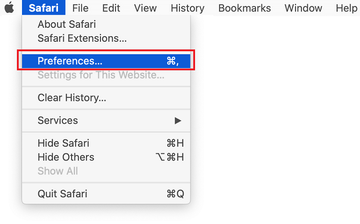
- Once the Preferences screen appears, click on the Advanced tab and enable the option saying “Show Develop menu in menu bar”.
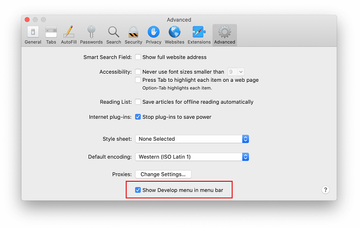
- Now that the Develop entry has been added to the Safari menu, expand it and click on Empty Caches.
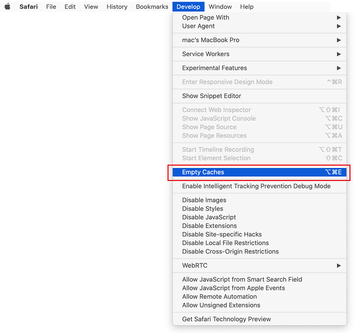
- Now select History in the Safari menu and click on Clear History in the drop-down list.
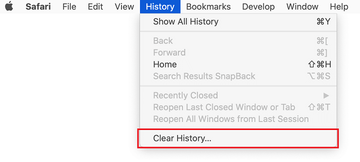
- Safari will display a dialog asking you to specify the period of time this action will apply to. Select all history to ensure a maximum effect. Click on the Clear History button to confirm and exit.

- Go back to the Safari Preferences and hit the Privacy tab at the top. Find the option that says Manage Website Data and click on it.

- The browser will display a follow-up screen listing the websites that have stored data about your Internet activities. This dialog additionally includes a brief description of what the removal does: you may be logged out of some services and encounter other changes of website behavior after the procedure. If you’re okay with that, go ahead and click on the Remove All button.
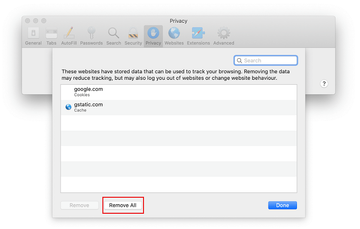
- Restart Safari
- Open the browser and go to Safari menu. Select Preferences in the drop-down list.
- Remove mdworker_shared virus in Google Chrome
- Open Chrome, click the Customize and control Google Chrome (⁝) icon in the top right-hand part of the window, and select Settings in the drop-down
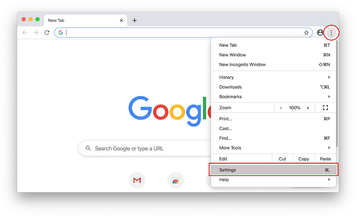
- When on the Settings pane, select Advanced
- Scroll down to the Reset settings section.
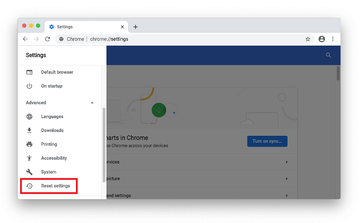
- Confirm the Chrome reset on a dialog that will pop up. When the procedure is completed, relaunch the browser and check it for malware activity.
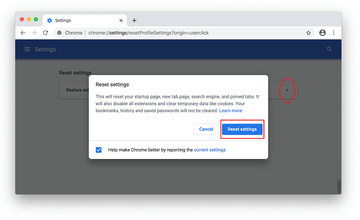
- Open Chrome, click the Customize and control Google Chrome (⁝) icon in the top right-hand part of the window, and select Settings in the drop-down
- Fix mdworker_shared problem in Mozilla Firefox
- Open Firefox and go to Help – Troubleshooting Information (or type about:support in the URL bar and press Enter).
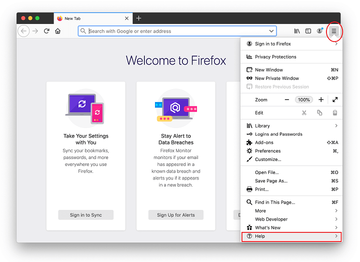

- When on the Troubleshooting Information screen, click on the Refresh Firefox button.
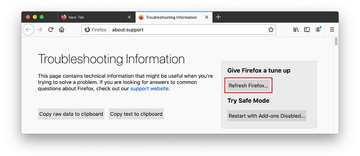
- Confirm the intended changes and restart Firefox.
- Open Firefox and go to Help – Troubleshooting Information (or type about:support in the URL bar and press Enter).
Fix mdworker_shared Mac issues using Combo Cleaner removal tool
The Mac maintenance and security app called Combo Cleaner is a one-stop tool to detect and remove mdworker_shared high CPU virus. This technique has substantial benefits over manual cleanup, because the utility gets hourly virus definition updates and can accurately spot even the newest Mac infections.
Furthermore, the automatic solution will find the core files of the malware deep down the system structure, which might otherwise be a challenge to locate. Here’s a walkthrough to sort out the mdworker_shared high CPU issue using Combo Cleaner:
Download Combo Cleaner installer. When done, double-click the combocleaner.dmg file and follow the prompts to install the tool onto your Mac.
By downloading any applications recommended on this website you agree to our Terms and Conditions and Privacy Policy. The free scanner checks whether your Mac is infected. To get rid of malware, you need to purchase the Premium version of Combo Cleaner.
Open the app from your Launchpad and let it run an update of the malware signature database to make sure it can identify the latest threats.
Click the Start Combo Scan button to check your Mac for malicious activity as well as performance issues.
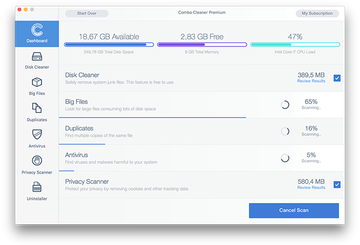
Examine the scan results. If the report says “No Threats”, then you are on the right track with the manual cleaning and can safely proceed to tidy up the web browser that may continue to act up due to the after-effects of the malware attack (see instructions above).
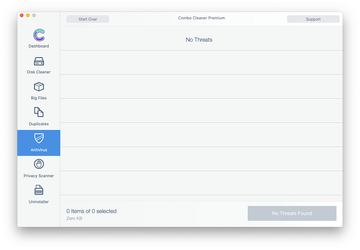
In case Combo Cleaner has detected malicious code, click the Remove Selected Items button and have the utility remove mdworker_shared high CPU threat along with any other viruses, PUPs (potentially unwanted programs), or junk files that don’t belong on your Mac.
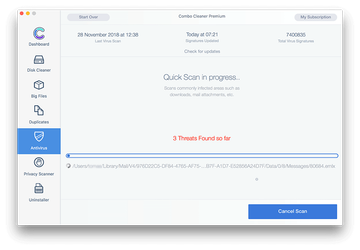
Once you have made doubly sure that the malicious app is uninstalled, the browser-level troubleshooting might still be on your to-do list. If your preferred browser is affected, resort to the previous section of this tutorial to revert to hassle-free web surfing.
